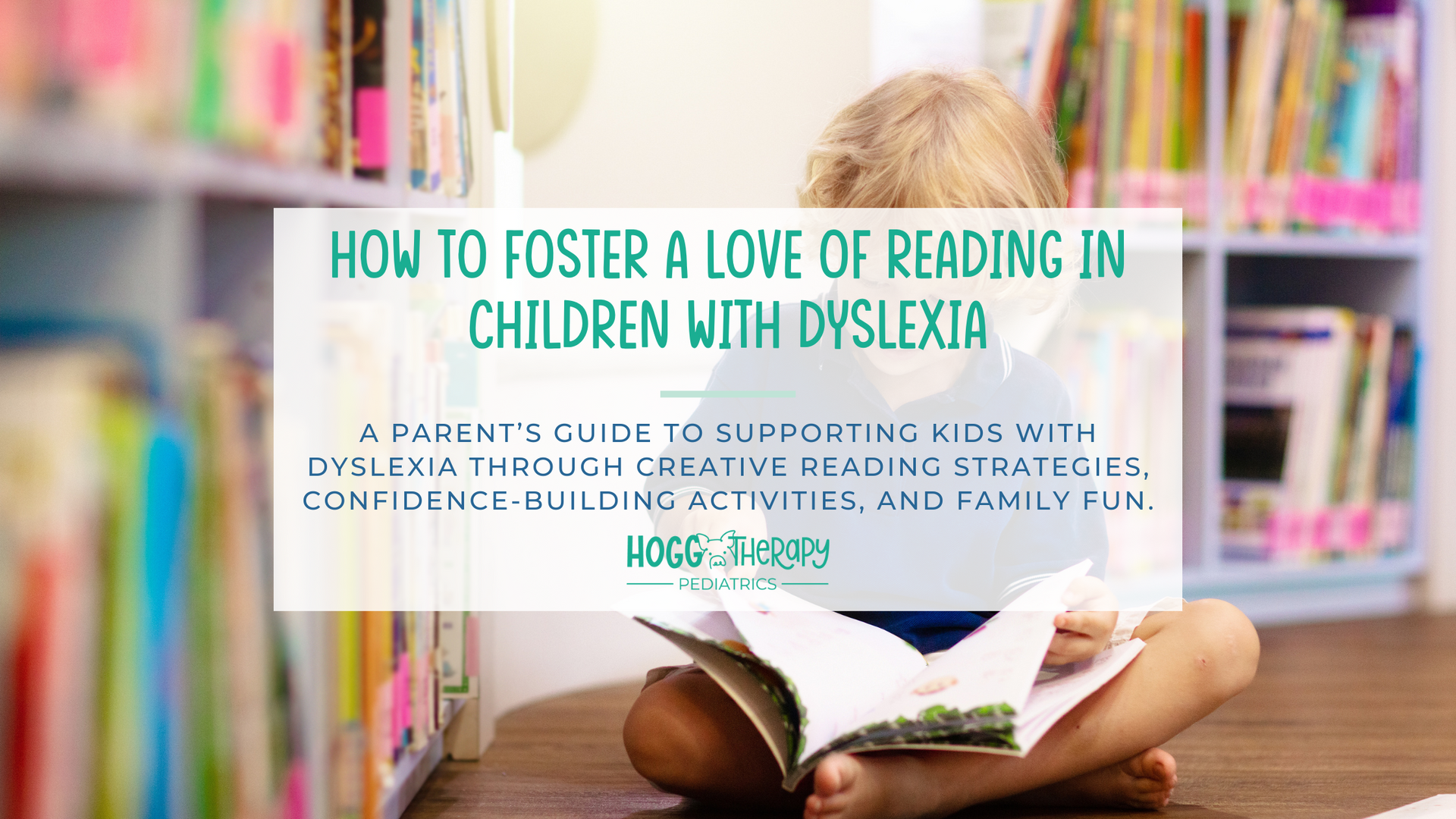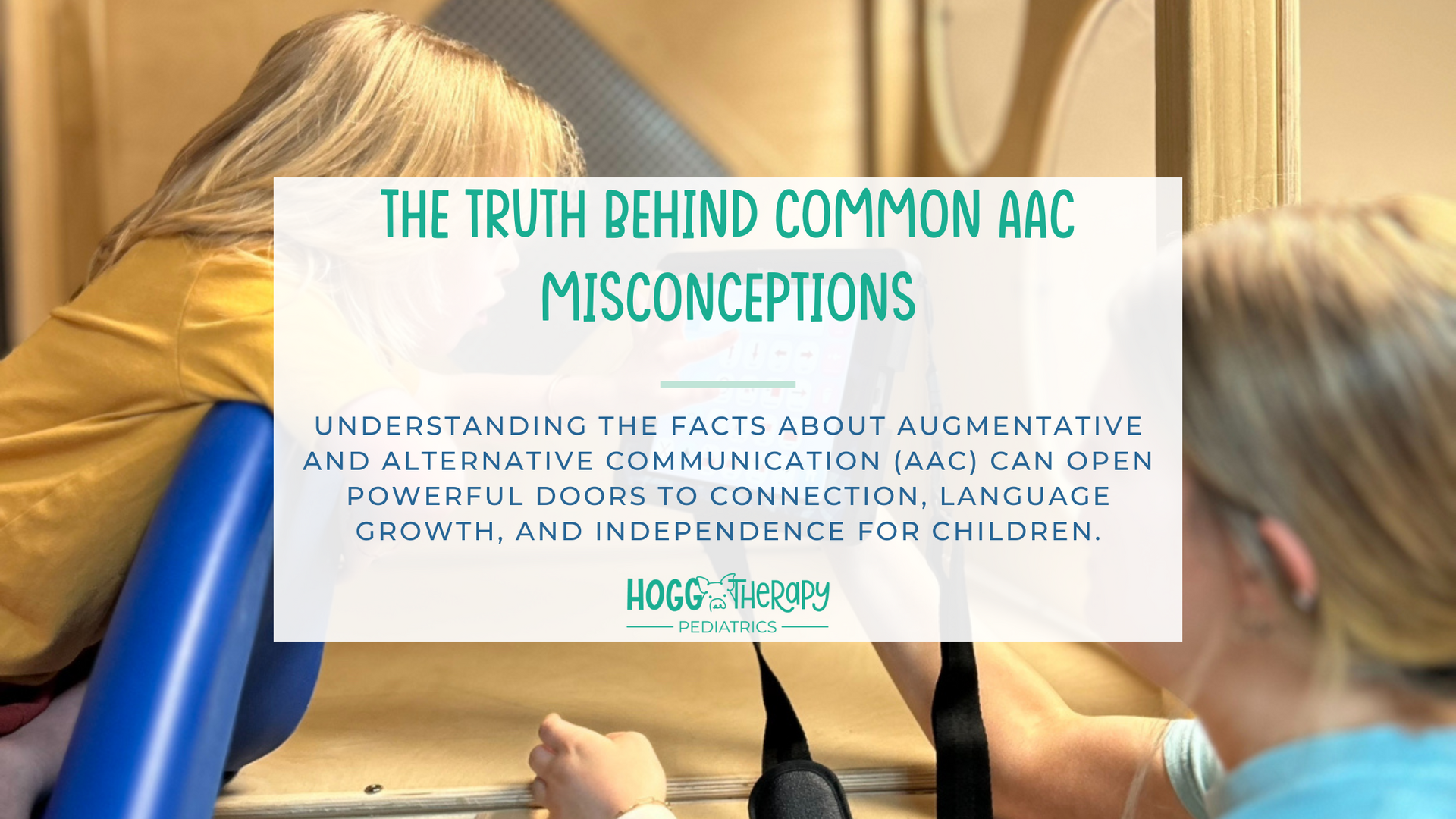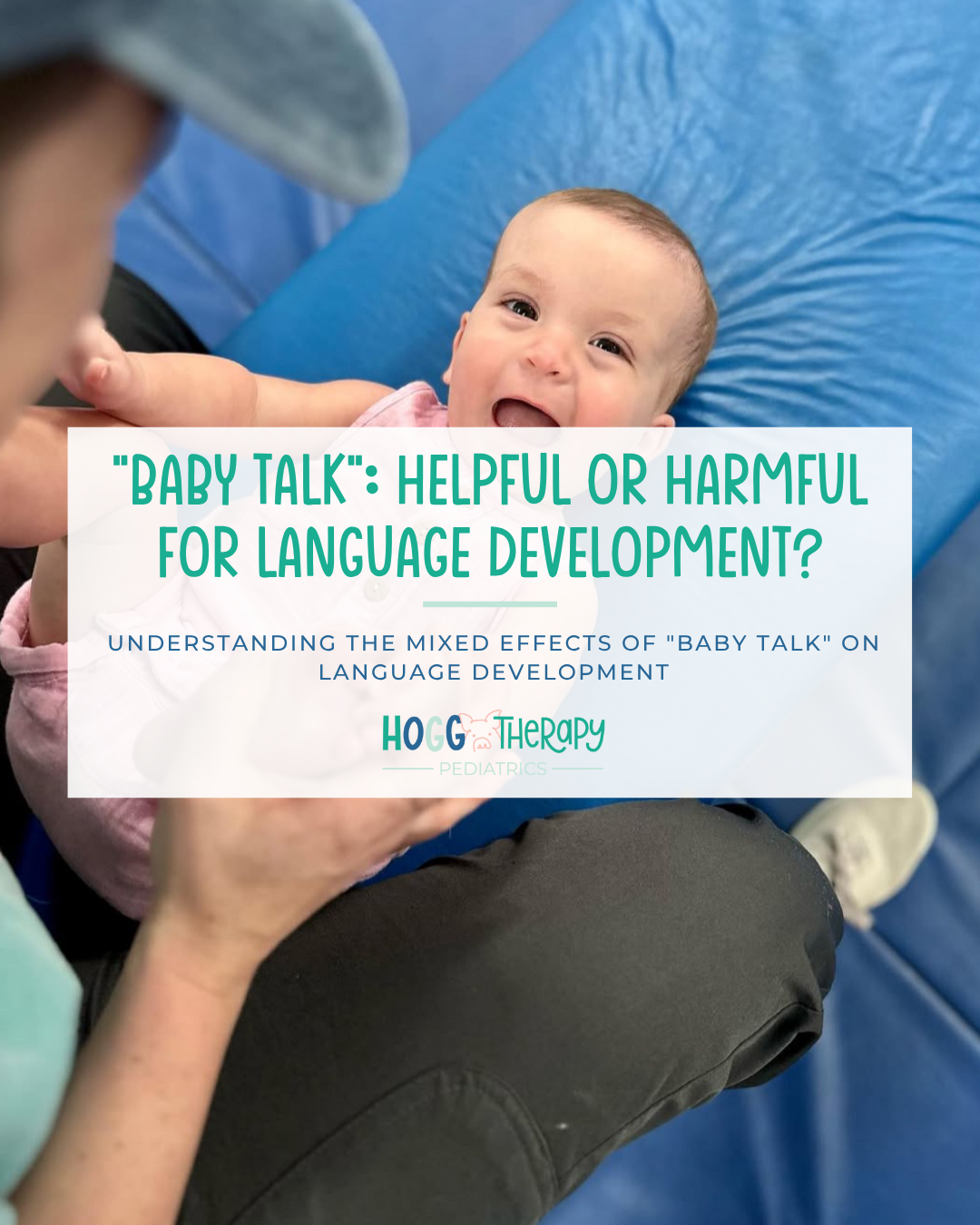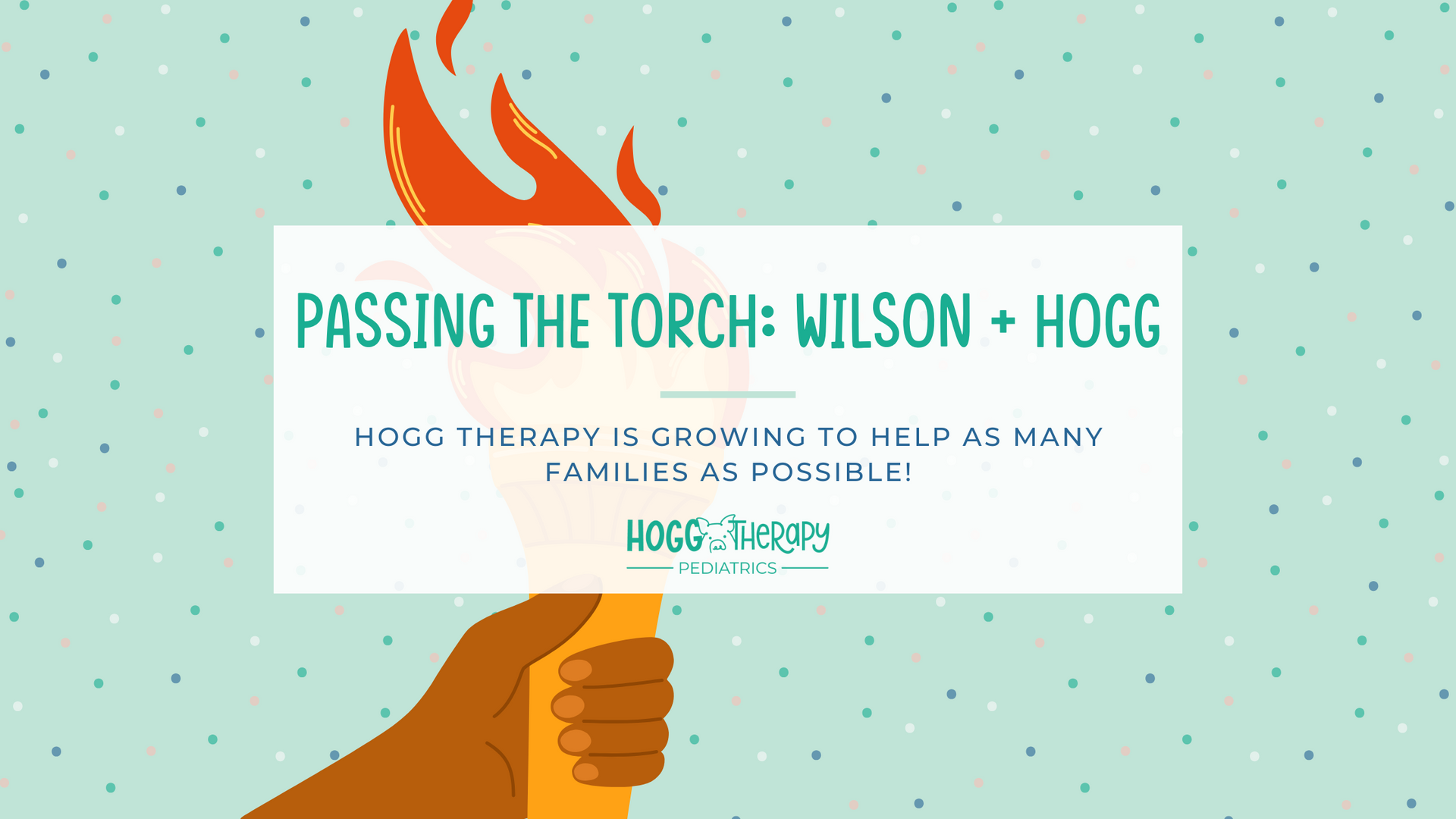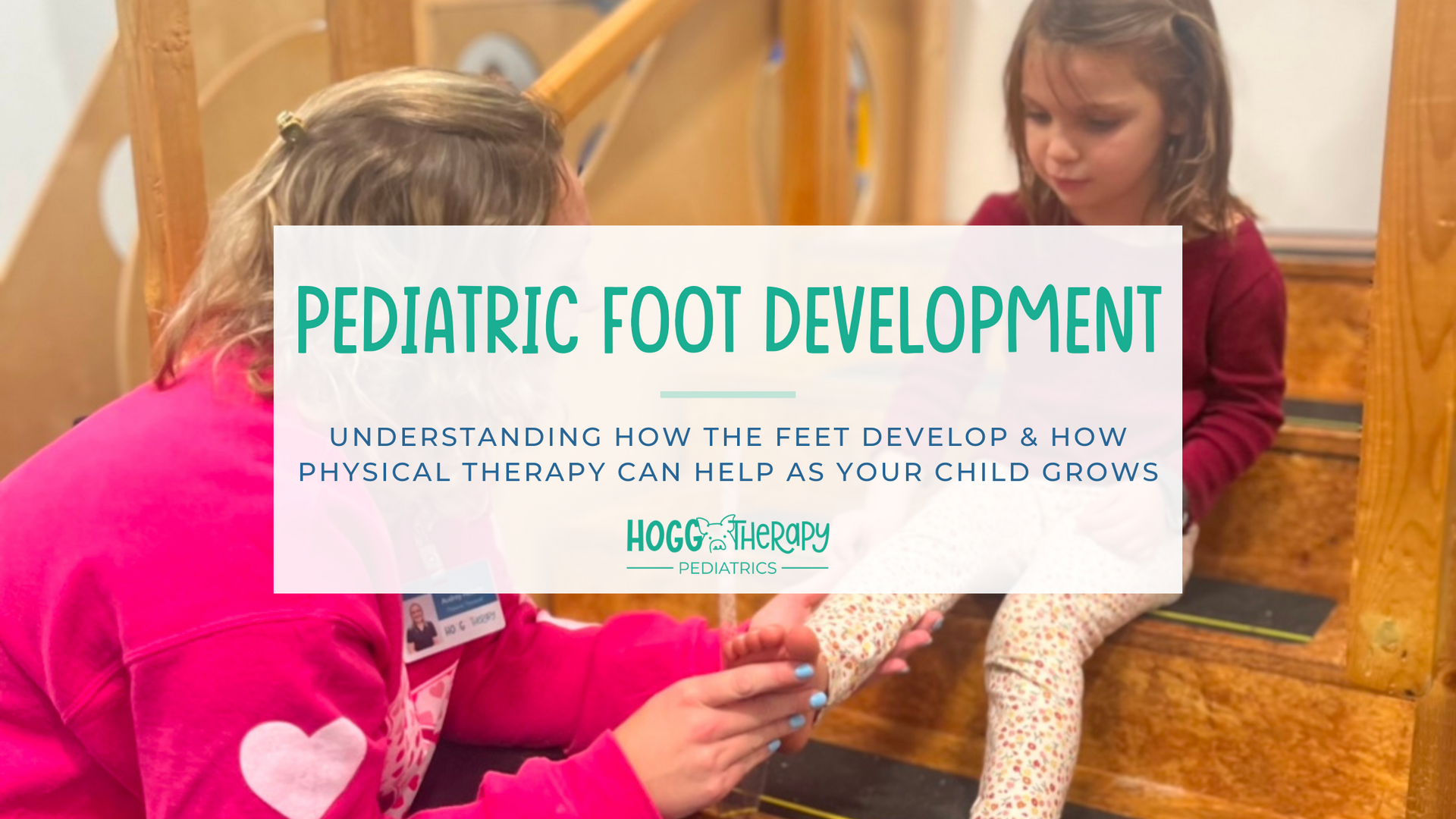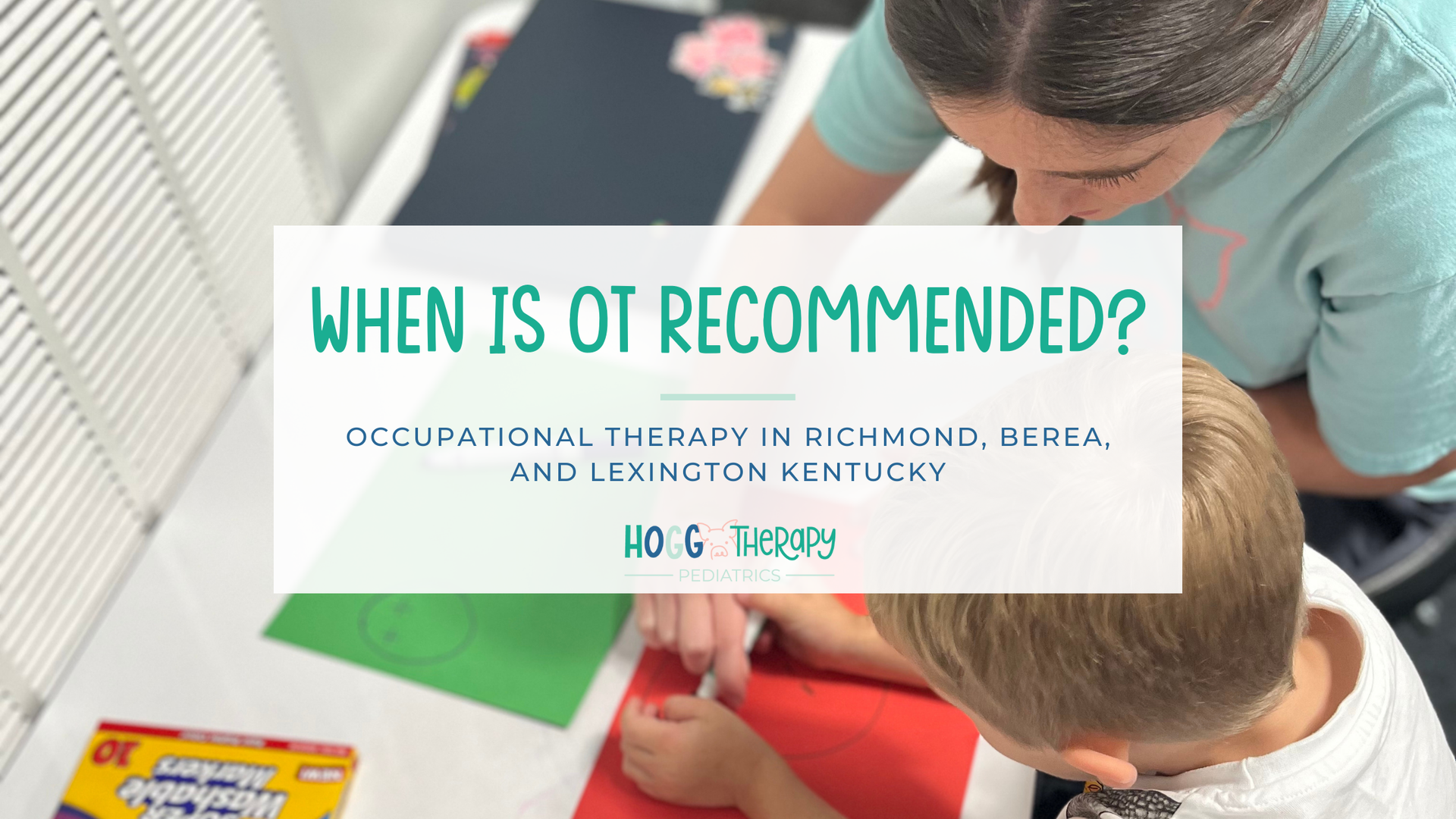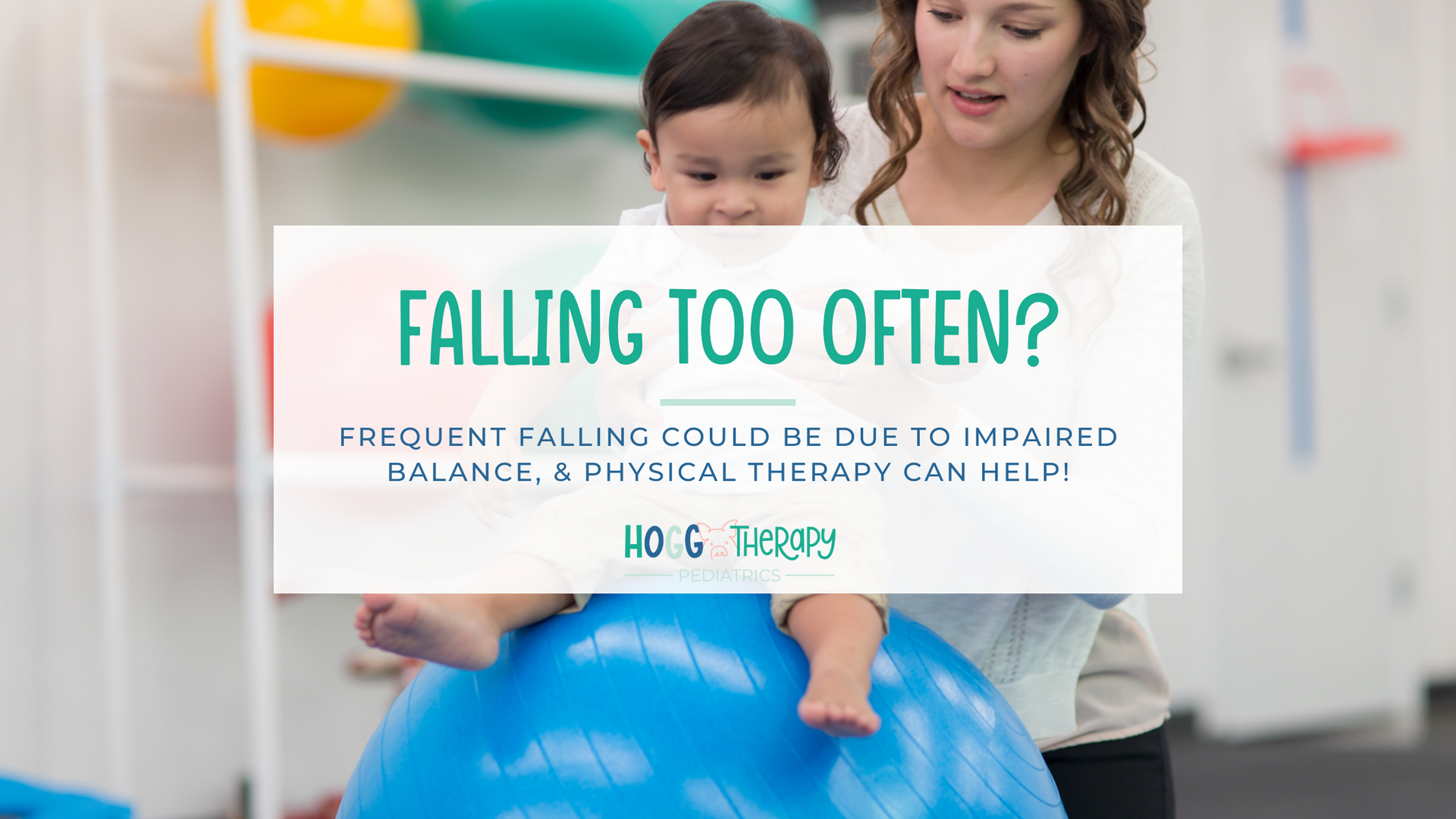AAC Myths Vs. Facts
Augmentative and Alternative Communication (AAC) is a term that is used to describe various methods of communication that can help people who are unable to reliably use verbal speech to communicate.

Augmentative and Alternative Communication (AAC) is a term that is used to describe various methods of communication that can help people who are unable to reliably use verbal speech to communicate.
Myth: AAC is a “last resort” in speech-language intervention.
Fact: The use of AAC interventions should not be contingent on failure to develop speech skills or considered a last resort because AAC can play many roles in early communication development.
Myth: AAC hinders or stops further speech development.
Fact: For very young children, the use of AAC does not appear to hinder speech development. In fact, it may enhance the development of spoken communication, which should be a simultaneous goal for intervention.
Myth: A child must have some quality of motor skills to use AAC
Fact: There are a variety of ways that AAC can be used to accommodate anyone, even those with very limited physical abilities.
Myth: Behavioral issues need to be addressed before AAC can be effective
Fact: Many times, the lack of ability to communicate is the cause of behavioral issues, and once given the tools to effectively communicate, the individual’s behavior improves.
Myth: AAC is only for children who are nonverbal.
Fact: AAC is for any patient who does not have reliable verbal speech. If your patient does not have effective expressive communication, consider AAC.
Myth: Speech-generating AAC devices are only for children with intact cognition.
Fact: The technological developments in AAC devices have made a broad range of options available. There are now many choices of AAC devices that speak, from simple technology to complex systems, that permit access to a variety of language and literacy skills.
Myth: The goal of AAC is to communicate basic needs
Fact: The goal of AAC is to communicate the needs AND wants of the individual. Communication is social and should bring the individual closer to others.




